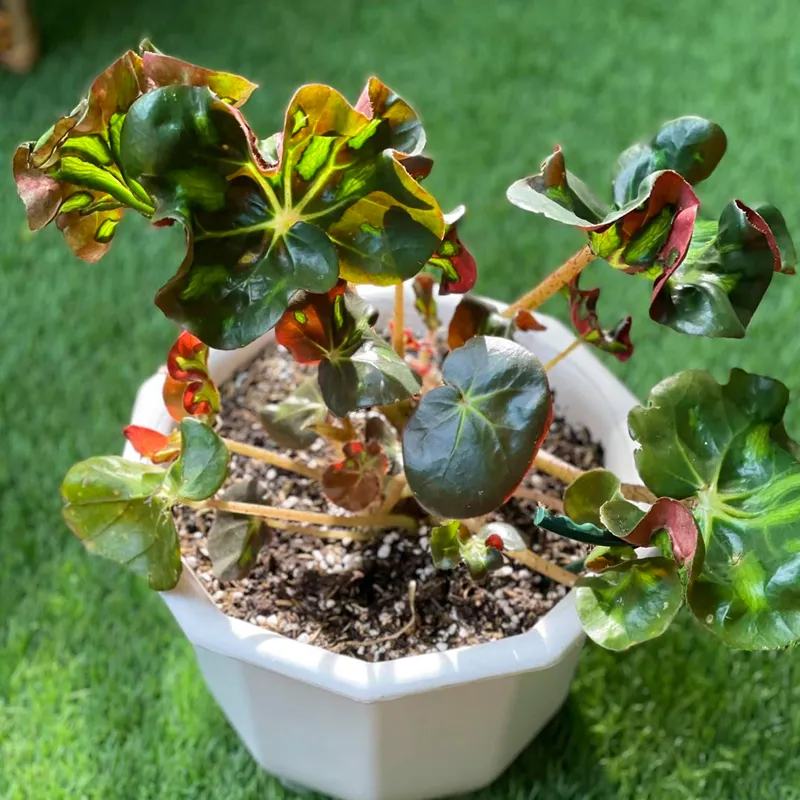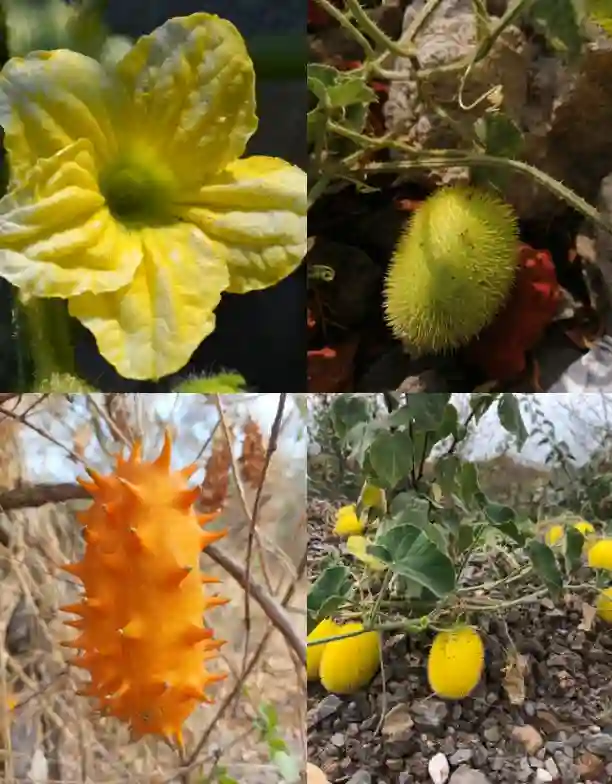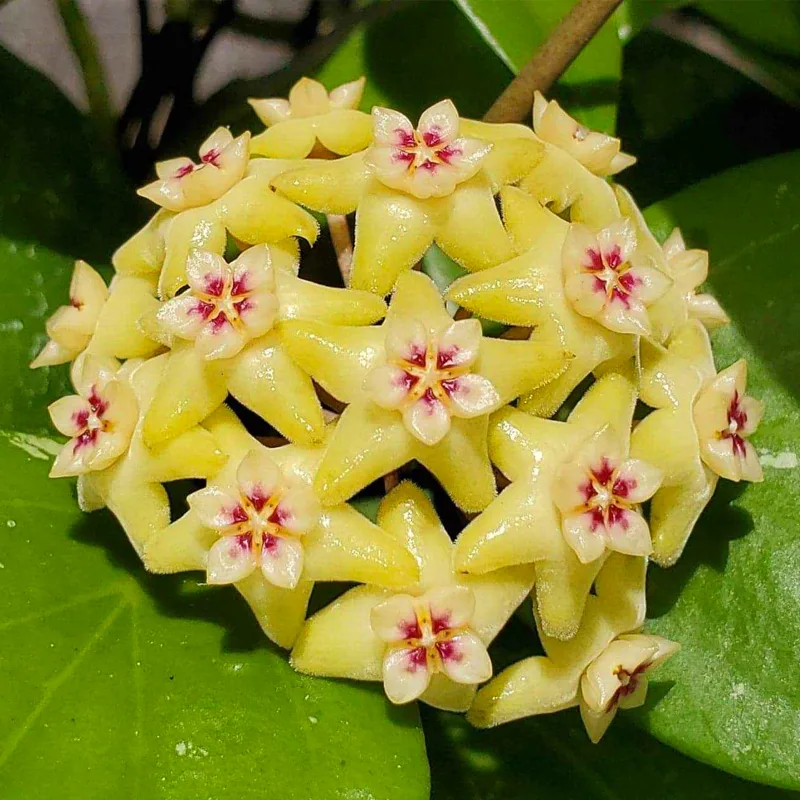Frequently Asked Questions About Douglas Fir
As someone who has spent considerable time around Douglas Fir trees, I’ve come to appreciate their unique characteristics and versatility. Whether you’re curious about their uses, growth habits, or how they stack up against other trees, I’ve got you covered. Here are some of the most frequently asked questions about Douglas Fir.
4 Species in Genus Pseudotsuga
What is a Douglas Fir?
Douglas Fir (Pseudotsuga Menziesii) is a coniferous tree native to North America. Despite its name, it’s not a true fir tree, nor is it a pine. Douglas Fir belongs to the Pseudotsuga genus, meaning “false hemlock.” These trees are valued for their wood, which is widely used in construction, furniture, and even as Christmas trees.
Is Douglas Fir a Hardwood?
No, Douglas Fir is not a hardwood; it’s classified as a softwood. However, don’t let the term “softwood” fool you—Douglas Fir is actually quite strong and durable, which is why it’s often used in construction. Its density and strength make it comparable to some hardwoods, which can be confusing for those not familiar with lumber classifications.
Is Douglas Fir Rot Resistant?
Douglas Fir is moderately rot-resistant. While it’s not as naturally resistant to decay as some other woods like cedar or redwood, it holds up reasonably well, especially when properly treated. For outdoor projects, using a preservative or sealant can enhance its resistance to rot.
Is Douglas Fir Good for Outdoor Use?
Yes, Douglas Fir is a good choice for outdoor use, particularly when it’s treated to resist moisture and pests. It’s commonly used for decking, fencing, and outdoor furniture. Its durability and strength make it a popular option, but keep in mind that regular maintenance will extend its lifespan.
How Fast Do Douglas Fir Trees Grow?
Douglas Fir trees are relatively fast growers, especially in their early years. On average, they can grow 1.5 to 2 feet per year under optimal conditions. These trees can reach heights of 80 to 100 feet or more, making them one of the tallest species in North America.
Is a Douglas Fir a Pine Tree?
While Douglas Fir and pine trees are both conifers, Douglas Fir is not a pine tree. Pines belong to the Pinus genus, whereas Douglas Fir is in the Pseudotsuga genus. Despite the differences, they do share similar characteristics, such as needle-like leaves and cone production.
Is Douglas Fir Good Firewood?
Douglas Fir is a decent choice for firewood. It burns hot and relatively clean, producing good coals. However, it tends to burn faster than denser hardwoods, so you may go through it more quickly. It’s a great option if you’re looking for a wood that’s easy to split and readily available.
What is Douglas Fir Used For?
Douglas Fir is incredibly versatile and is used for a variety of applications. Its primary use is in construction—think framing, flooring, and beams. It’s also used for making plywood, veneers, and even furniture. Additionally, Douglas Fir is a popular choice for Christmas trees due to its pleasant aroma and sturdy branches.
How to Care for Douglas Fir Trees?
Caring for a Douglas Fir tree involves ensuring it has plenty of sunlight and well-drained soil. These trees don’t require a lot of water once established, but they do benefit from deep watering during dry spells. Pruning should be done sparingly, mainly to remove dead or diseased branches. Fertilization isn’t usually necessary unless the tree shows signs of nutrient deficiency.
Is Douglas Fir Stronger Than Pine?
Yes, Douglas Fir is generally stronger than most species of pine. It has a higher density and better structural integrity, which is why it’s preferred in construction. However, some pine species, like Southern Yellow Pine, are also quite strong and can be used in similar applications.
Is Douglas Fir Toxic to Cats?
Douglas Fir is not considered toxic to cats. However, it’s always a good idea to monitor pets around any plant material, as ingesting large amounts can cause digestive upset.
Douglas Fir vs. Fraser Fir
Douglas Fir and Fraser Fir are both popular choices for Christmas trees, but they differ in several ways. Fraser Fir has a stronger scent, darker needles, and a more symmetrical shape, making it a top choice for those who prioritize aesthetics. Douglas Fir, on the other hand, is more widely available and often less expensive.
Douglas Fir vs. Noble Fir
Noble Fir is another popular Christmas tree, known for its bluish-green needles and strong branches. While both trees are excellent choices, Noble Fir tends to retain its needles longer, making it a better option for those who like to set up their tree early.
Douglas Fir vs. Cedar
When comparing Douglas Fir and Cedar, the main differences lie in rot resistance and appearance. Cedar is more rot-resistant and has a distinct, aromatic scent, making it ideal for outdoor projects and closets. Douglas Fir is stronger and more commonly used in construction.
Douglas Fir vs. Pine
Douglas Fir is stronger and more durable than most pines. While pine is softer and easier to work with, Douglas Fir’s superior strength makes it a better choice for structural applications.
Douglas Fir vs. Redwood
Redwood is more rot-resistant than Douglas Fir, making it a better choice for outdoor projects like decks and fences. However, Douglas Fir is more affordable and still offers good durability when properly treated.
Douglas Fir vs. Hemlock
Douglas Fir and Hemlock are often compared due to their similar appearance and applications. Douglas Fir is stronger and more durable, making it a better choice for structural work. Hemlock, on the other hand, is lighter and easier to work with, making it suitable for interior projects.
Douglas Fir vs. Spruce
Both Douglas Fir and Spruce are used in construction, but Douglas Fir is generally stronger and more durable. Spruce is lighter and easier to handle, making it a good choice for certain applications, but Douglas Fir is preferred for its superior strength.
Douglas Fir vs. Southern Yellow Pine
Southern Yellow Pine is denser and stronger than Douglas Fir, but the latter is more versatile and easier to work with. Both are excellent for construction, but Southern Yellow Pine is more commonly used in areas where extra strength is required.
Douglas Fir vs. White Fir
White Fir is softer and less dense than Douglas Fir, making it less suitable for structural applications. However, White Fir is often used for indoor projects and as a Christmas tree.
Douglas Fir vs. Balsam Fir
Balsam Fir is softer and less durable than Douglas Fir. It’s primarily used as a Christmas tree, while Douglas Fir is more versatile, being used in construction and furniture making.
Douglas Fir vs. Grand Fir
Grand Fir is another fir species often used as a Christmas tree. While it has a pleasant scent and soft needles, it’s not as durable or strong as Douglas Fir, which is better suited for construction purposes.
Douglas Fir vs. Hem Fir
Hem Fir is a combination of several species, including Hemlock and Fir. While it’s a good all-around wood, Douglas Fir is generally stronger and more durable, making it a better choice for structural applications.
Douglas Fir vs. Norway Spruce
Norway Spruce is commonly used as a Christmas tree and for paper production, but it doesn’t match the strength and durability of Douglas Fir, which is preferred for construction.
Douglas Fir vs. Ponderosa Pine
Ponderosa Pine is softer and less durable than Douglas Fir. While Ponderosa Pine is easy to work with, Douglas Fir’s superior strength makes it better for structural projects.
Douglas Fir vs. Whitewood
Whitewood, often a generic term for various softwoods, is usually softer and less durable than Douglas Fir. For structural applications, Douglas Fir is the better choice.
Douglas Fir vs. Canaan Fir
Canaan Fir is primarily used as a Christmas tree, known for its pleasant scent and needle retention. While it’s a good option for holiday decorating, it doesn’t have the durability or strength of Douglas Fir.
Douglas Fir vs. Dunhill Fir
Dunhill Fir is another Christmas tree variety, similar to Fraser Fir. It has excellent needle retention and a strong scent, but like other firs, it’s not as versatile or durable as Douglas Fir.
Douglas Fir vs. Larch
Larch is another strong softwood, but it’s denser and heavier than Douglas Fir. While both are durable, Larch is more rot-resistant, making it a better choice for outdoor projects.
Douglas Fir vs. Oak
Oak is a hardwood, significantly denser and stronger than Douglas Fir. While Oak is preferred for high-end furniture and flooring, Douglas Fir is often used in construction due to its strength and availability.
Douglas Fir vs. Poplar
Poplar is a hardwood but is softer and less dense than Douglas Fir. While Poplar is often used for furniture and interior trim, Douglas Fir is better suited for structural applications.
Douglas Fir vs. Radiata Pine
Radiata Pine is softer and less durable than Douglas Fir. It’s easier to work with and often used in furniture making, but Douglas Fir’s superior strength makes it better for construction.
Douglas Fir vs. Siberian Fir
Siberian Fir is primarily used for Christmas trees and ornamental purposes. It’s softer and less durable than Douglas Fir, which is more versatile and widely used in construction and furniture making.
In summary, Douglas Fir is a versatile and strong softwood that’s ideal for various applications, from construction to outdoor projects. Its unique characteristics make it stand out when compared to other woods, whether you’re looking for something durable, aesthetically pleasing, or practical for a specific use.
If i die, water my plants!



